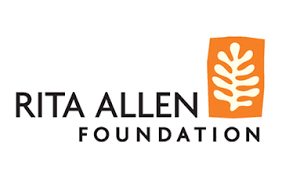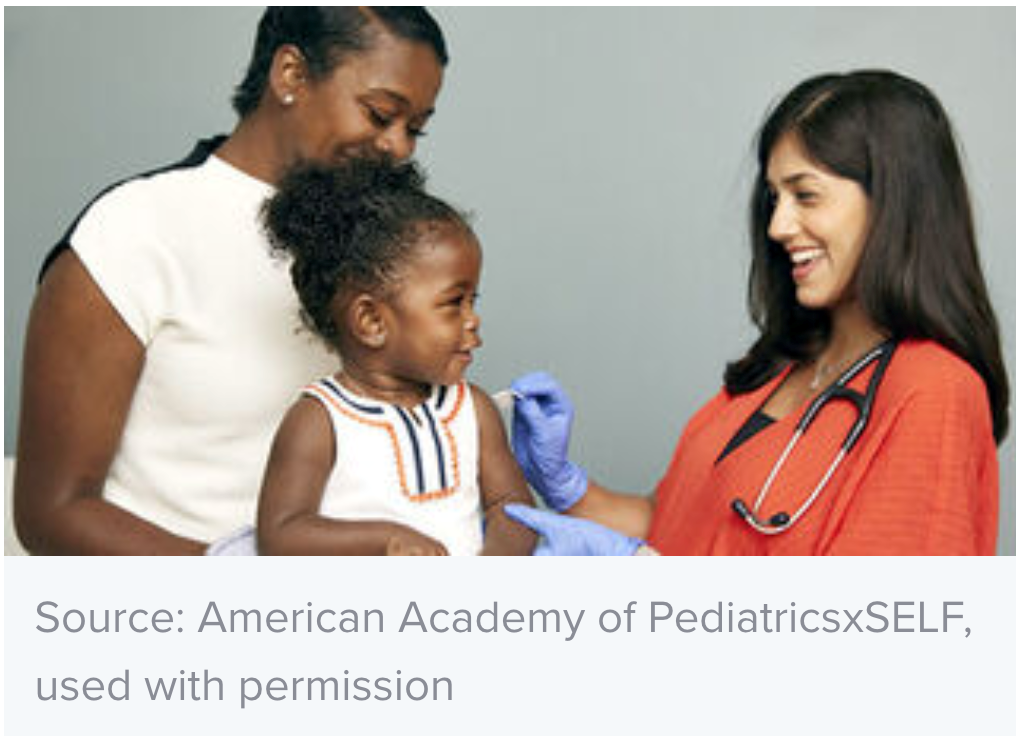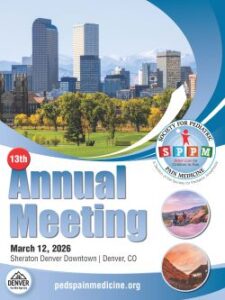
Since 2009, the Rita Allen Foundation has awarded annually the Rita Allen Foundation Award in Pain, recognizing emerging experts in basic pain research whose work holds high potential for uncovering new pathways to improve the treatment of chronic pain. Each year, the Foundation typically awards two grants in the amount of $50,000 per year over three years, to early-career investigators who are pursuing innovative research on mechanisms that initiate and propagate pain in the nervous system. Candidates should be in the early stages of their career, with an appointment at the faculty level.




 SPPM 13th Annual Meeting
SPPM 13th Annual Meeting